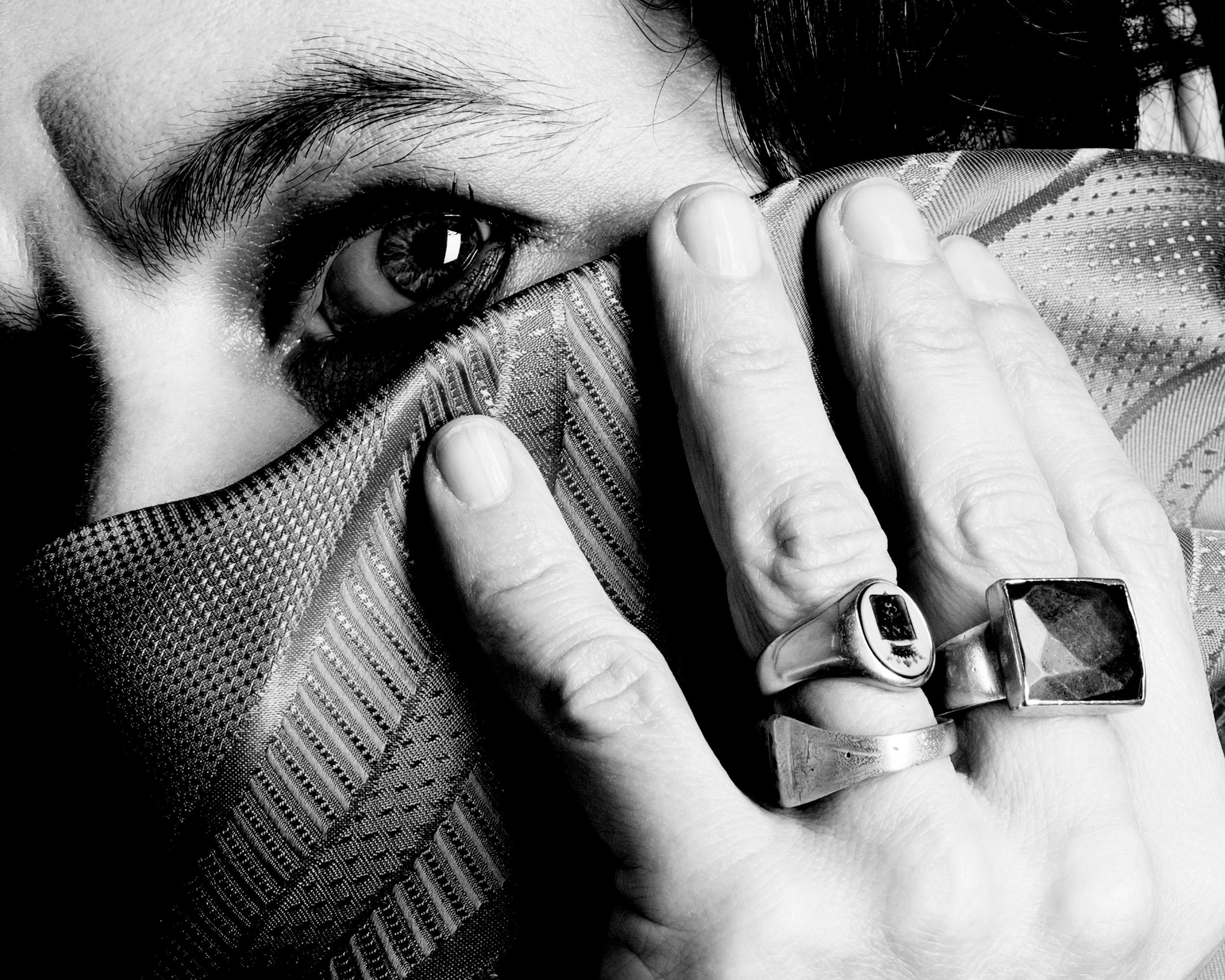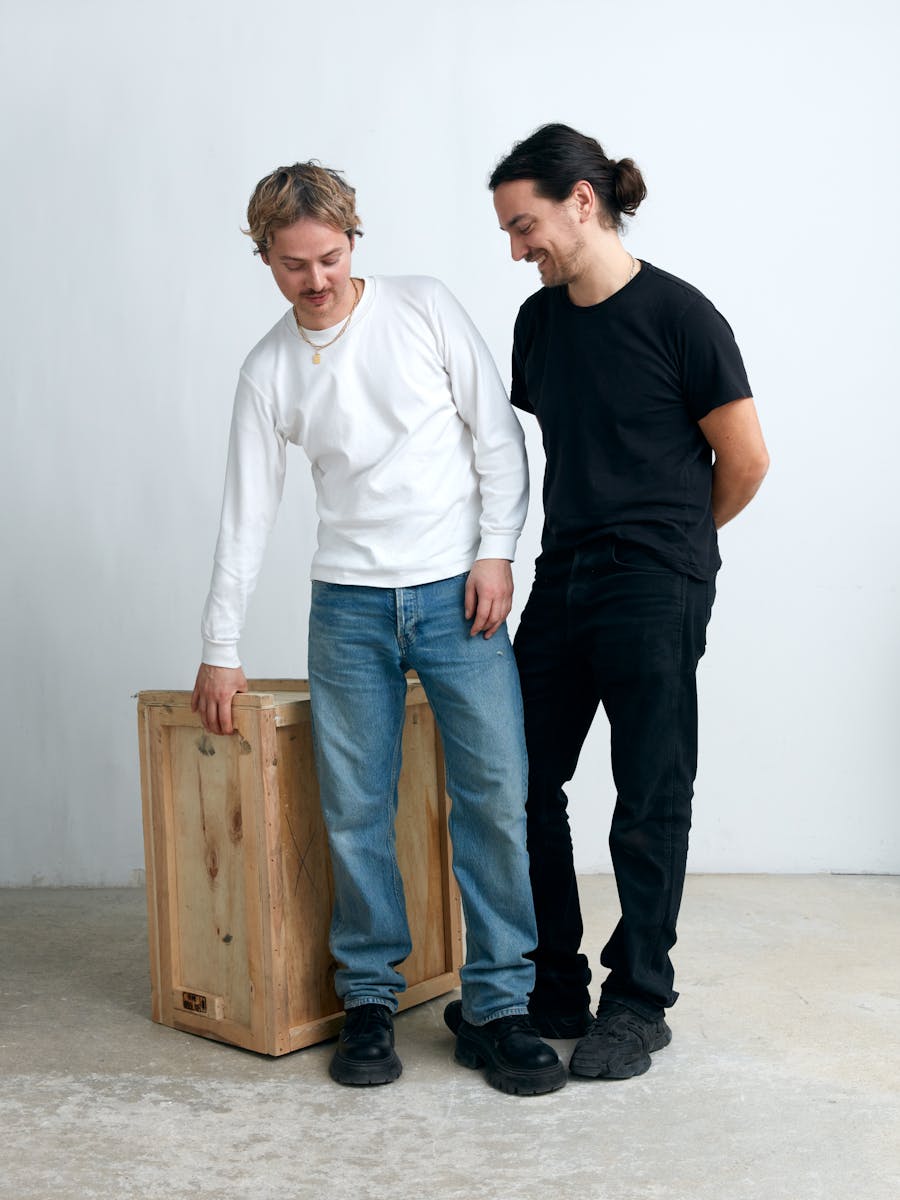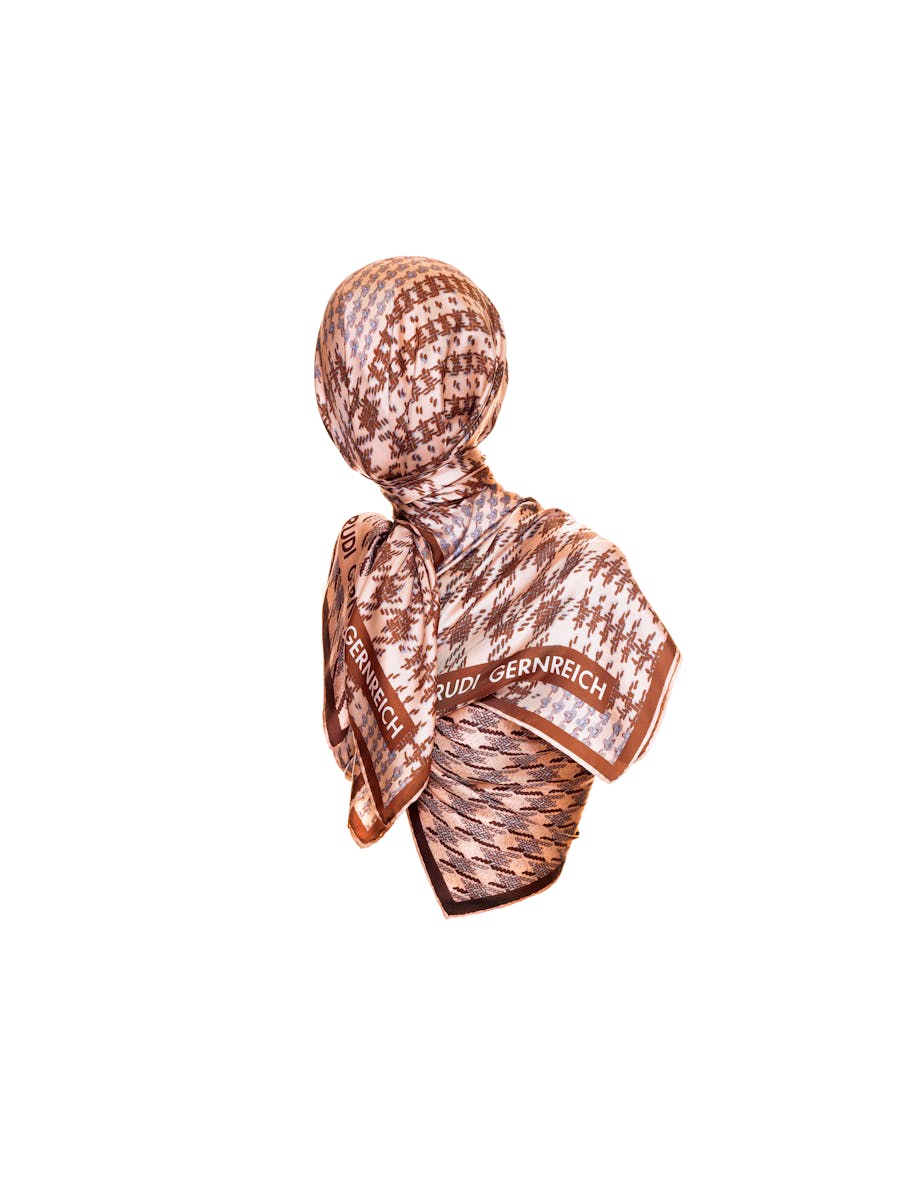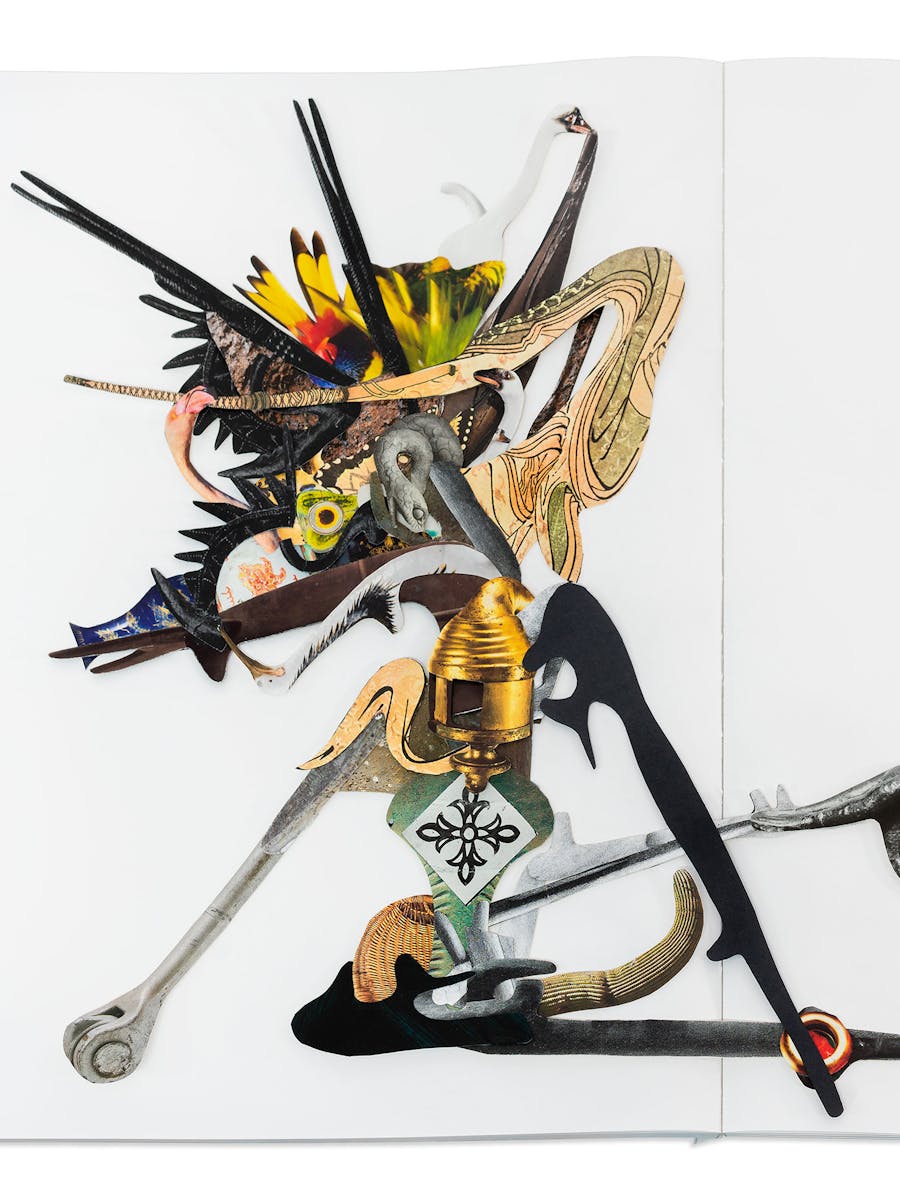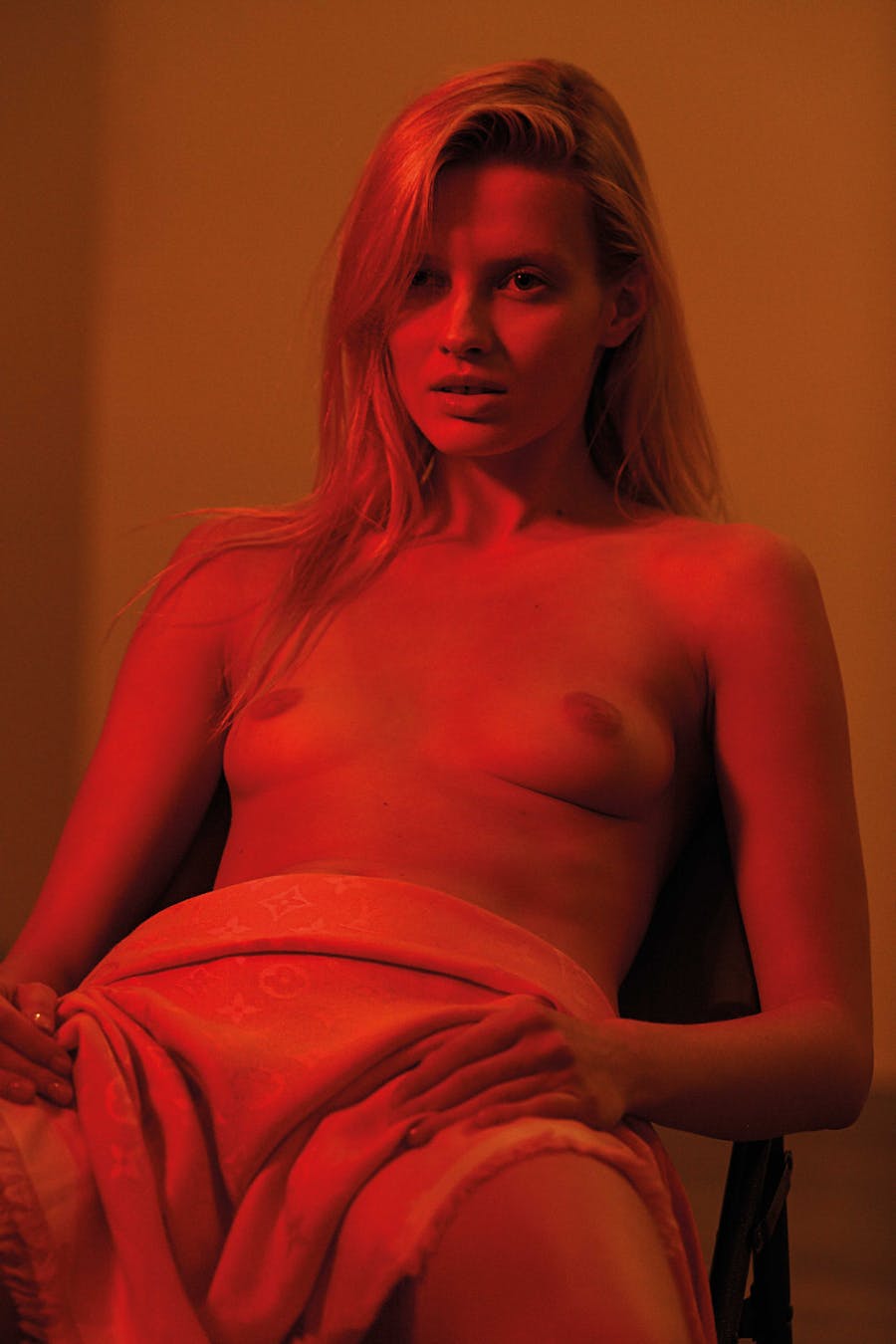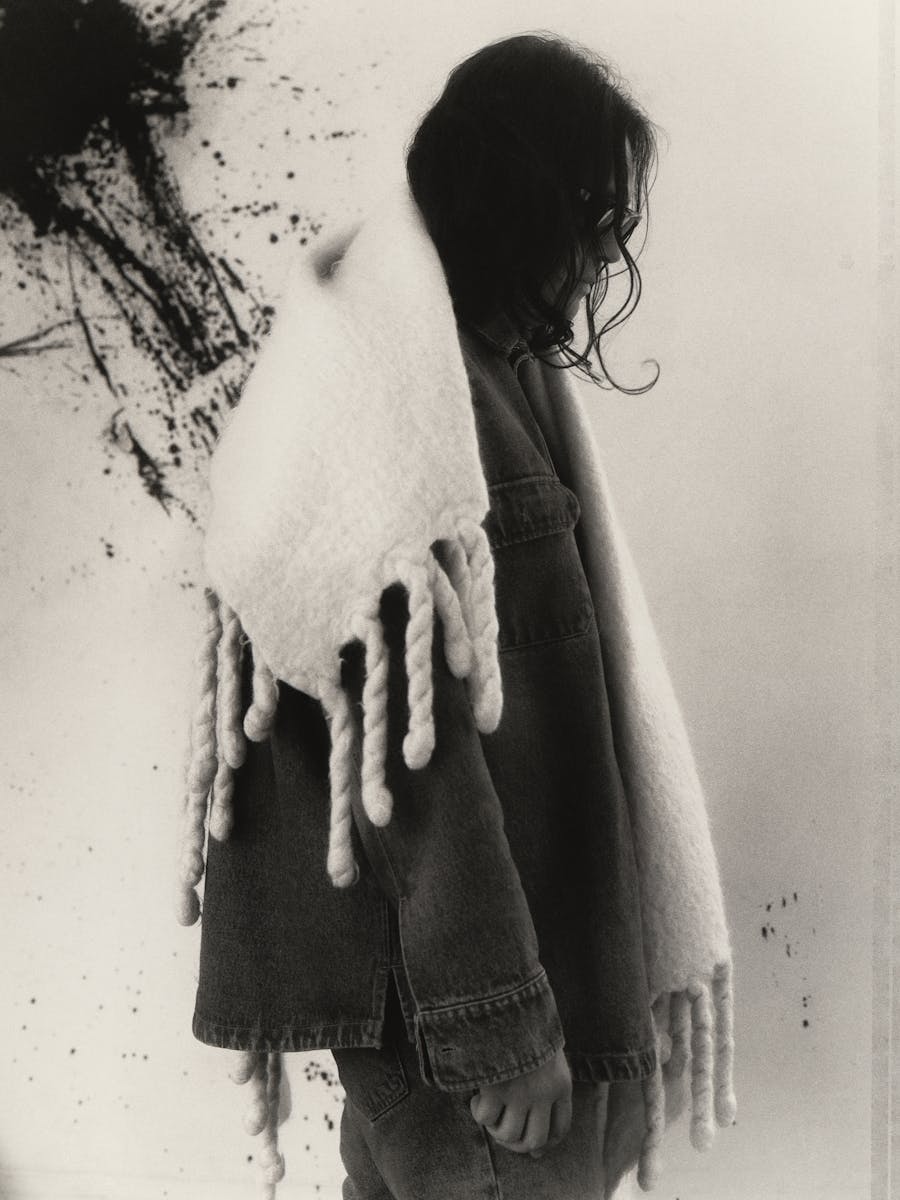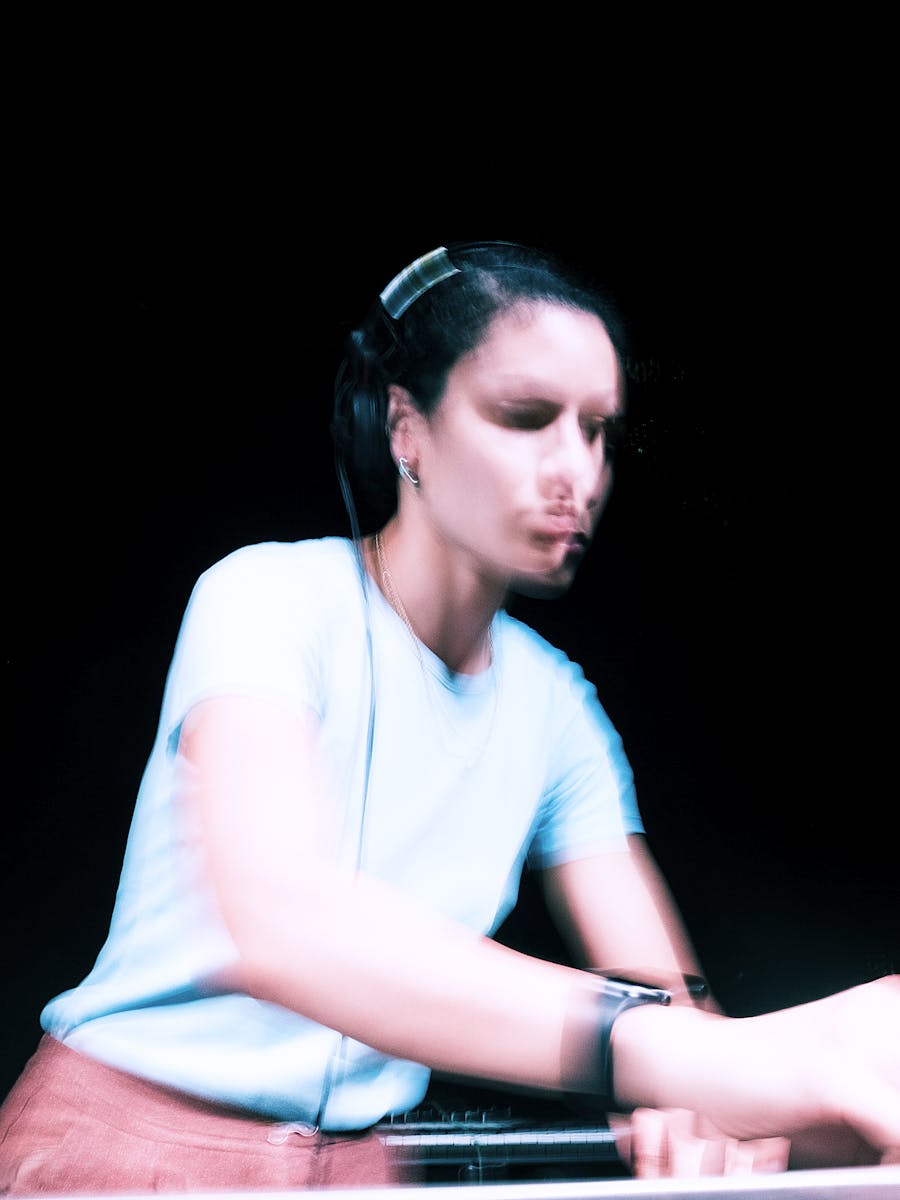When Pierre Alexis Dumas offered her a place at Hermès, Bali Barret asked herself: “What had appealed to him?”. The answer was simple: her work and, therefore, herself. They gave each other two months to think it over but Bali Barret already knew in her heart that she was going to say “yes”.
It was in 2003, she had created her own fashion house five years earlier and liked to think about what adventures awaited her in the ten years to come.
And then, out of the blue, Pierre Alexis Dumas’ offer opened new horizons for her: “When things are going well, says Bali, you are often asked to come and do... the same thing. In this case, I was being asked to do... “something different”... and what’s more, to do it in a world that had seemingly nothing to do with my previous work.”
Except that... at the same time, Bali Barret felt a kind of familiarity with the world of Hermès. She strongly believed that she was going to find and further develop her foundations: liberated rigour, heritage and vitality. “A form of academicism is the basis of my work, she says. From there on, all digressions are permitted.”
A sort of freedom within constraint. In truth, she and Hermès, Bali Barret and Pierre Alexis were destined to meet and become friends. You could even say that they already had a long history together. However, they needed the intuition and the understanding of Pierre Alexis.
Her first encounter with Hermès scarves happened when Bali Barret was 16 years old. Her mother, a brilliant publicist, had a whole pile of them. Neatly ordered and never worn. “Do you like them?” she asked, almost incredulously, her daughter, who wanted to take them. In reality, Bali loved those scarves and she wore them in her own way: notably as miniskirts. A little later on, one of her boyfriend’s mothers gave her her entire collection of scarves. “She kept them in a wardrobe. A suitor, who was a professional soldier and never had a chance with her, had regularly bought them for her. After marrying, she never wore them.”
Bali enjoyed drawing and painting. She liked graphic design and colour. She thought about “the extravagance and the boldness” of Klein and his immaculate white Gallery where, needless to say, blue drinks were served.
“When I like something, I want to be the person who created it, says Bali Barret. I wanted to be an inventor, to find something previously unknown. Isn’t it amazing, for instance, that someone invented... the corkscrew? It is true and it is funnier and more original than the overused reference to the invention of sliced bread.
In 1998, Bali opened her own fashion house and had a few boutiques to her name. The most beautiful (in my opinion) is one of her two locations in Tokyo. She asked a friend, Franklin Azzi, a highly talented architect, to design something they were both mad about: a bunker! It is definitely worth looking for a photo, on the internet, of this bright red block made out of indestructible concrete and that looks... just like a bunker. A boutique without a window display (just a slit in the wall) and that’s entrance is... at the rear.
Bali Barret doesn’t know who took it over when she sold up before she joining Hermès.
Bali is Parisian. Completely Parisian. She has lived in almost every arrondissement before settling where she is today, a stone’s throw from the Luxembourg Gardens.
Bali has deep blue eyes with an intense and cheerful expression which runs in her family. She is Pierre Barret’s niece, a marvellous man who left us too soon and who is best known for the account of his pilgrimage on foot to Santiago de Compostela that he wrote in the 1970’s. He was a modern and true man, who talked about history and discovery by blending personal thoughts and a taste for adventure.
It is typically Bali and also very Hermès. This is why she is happier than ever. “Vintage culture and rereleases alone would be boring. Starting from scratch wouldn’t be fair either. What struck me the most when I arrived at Hermès is the possibility to try everything and anything. They know that what is interesting can only be appreciated with time. It is an historic house that is also very contemporary, full of people who are interested in everything.”
Bali Barret says things as they are with a serene passion.
Every year, over 50 designers, regulars and new comers, work with Bali on the forthcoming Hermès scarf releases. Every Tuesday, is colour study day.
Bali is always hesitant: she leafs through the 3000 scarves in the carréothèques, the Hermès scarf archives, in Pantin and Lyon and has created just as many designs herself. “As we go along, we put our ideas in what we call “the fridge”. Before a new collection is designed, we open up the fridge and we set the menu for the coming year.”
Bali Barret’s “ten year plan”, from the beginning of 2000, came into being at Hermès. “I am constantly welcoming new talent alongside the regular designers. At Hermès, we are interested in artists. We bring history and contemporary art together. We make plans as a result of encounters without knowing what we’ll do with them.”
Bali Barret has tried stretched out triangles (les pointus), laser perforations (“What! cried out a customer, you’re putting holes in a Hermès scarf!) and more recently the surteint dip-dye.
“I like beautiful things that aren’t immediately obvious to the eye, says Bali. Beautiful in their detail.”
Jean Louis Dumas, Pierre Alexis’ father, humorously said: “Be careful! If you do something awful, someone might still buy it!” That says it all; everything remains vibrant. Bali is content with such good foundations.
By the way, where does the name come from? “It was my sister (regardless of what one of my cousins says...) who, when she was two years old, couldn’t pronounce my real name, Marie Amélie. She called me Bali and the family followed suit.”
This may be why she and her husband did not see any harm in naming their son Attila! “He has done his own thing with it”, she says happily.
Attila is 8 years old. He is blond and gentle, nothing like his violent namesake.
“One day when he was very little, he was running around, Bali tells us. He shouted at me: I am Attila the Hun and the Two is trying to catch me.”
Today, Attila is a football fan. His mother, however, is not planning a Hermès football jersey for the World Cup. That is unless she hasn’t got some ideas stored in her “fridge”.
Pierre Even
Anthony Parisey
Pierre Even
Anthony Parisey
